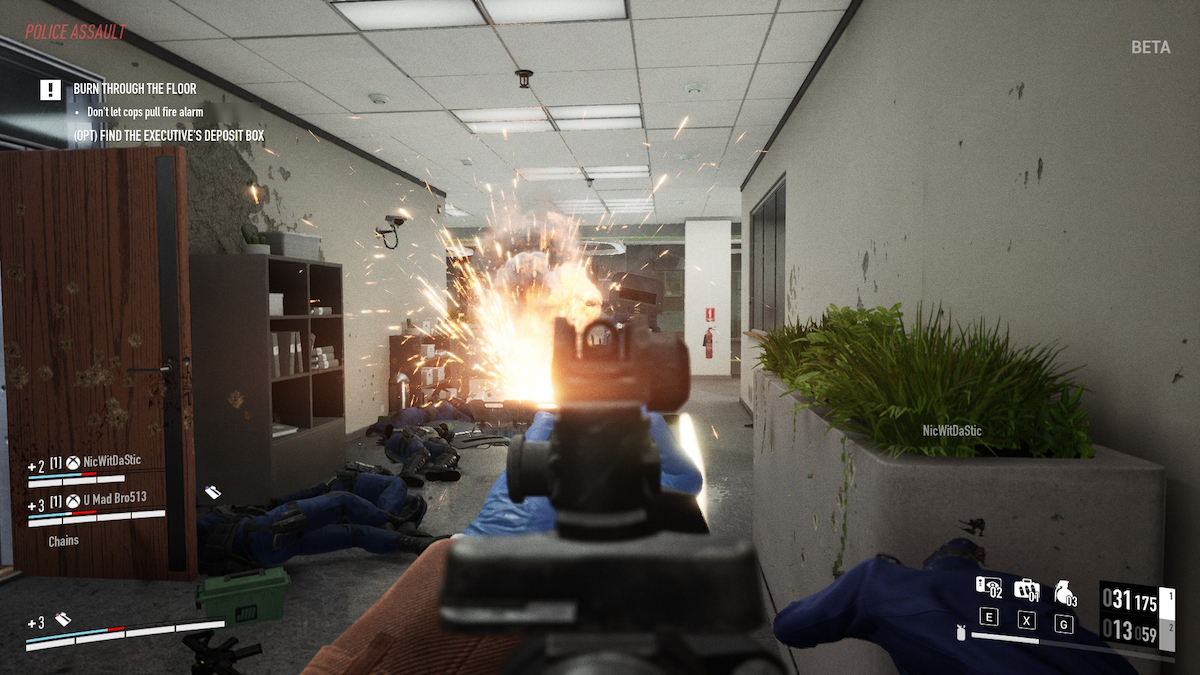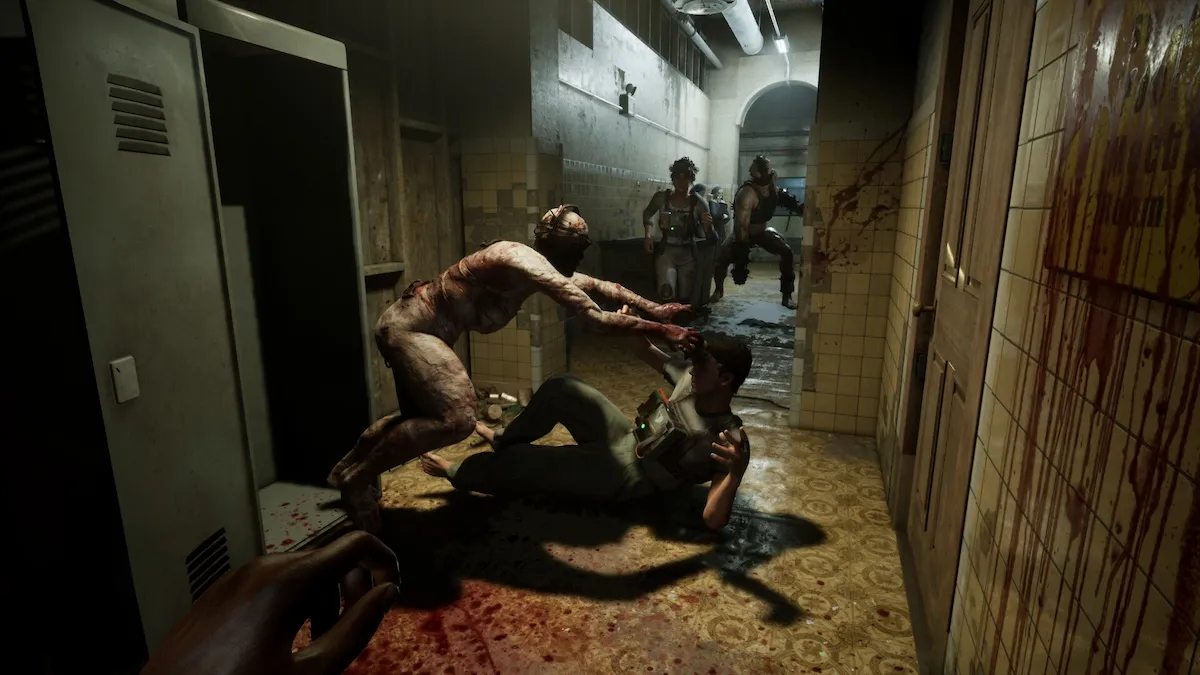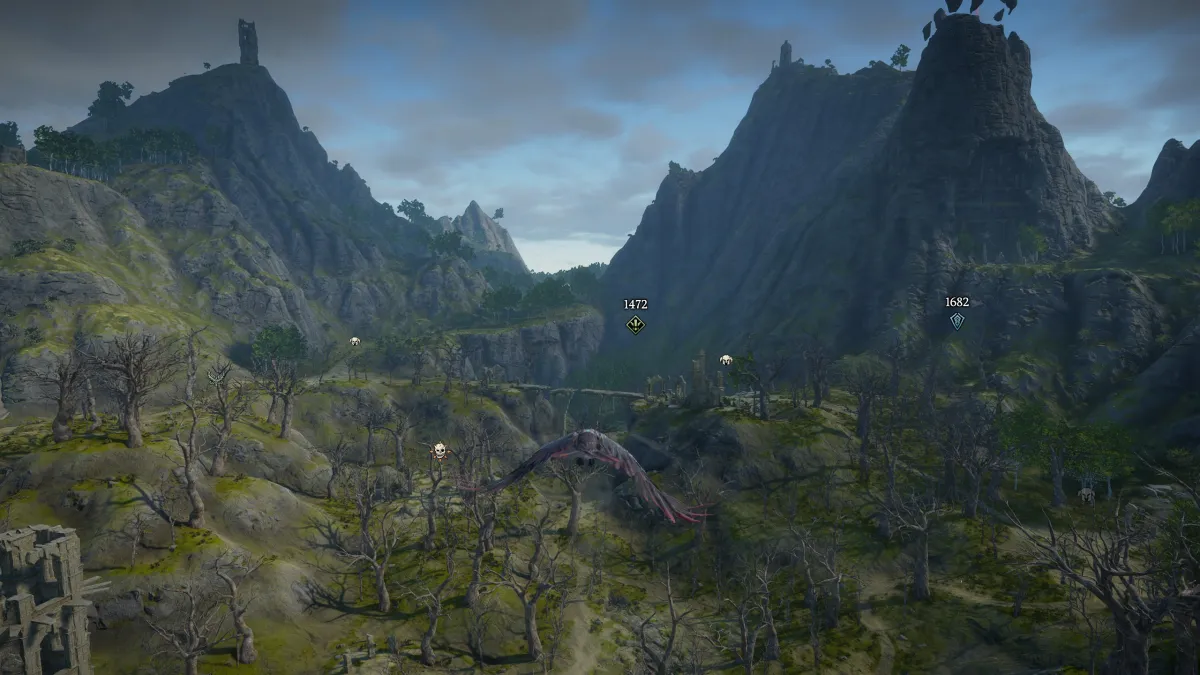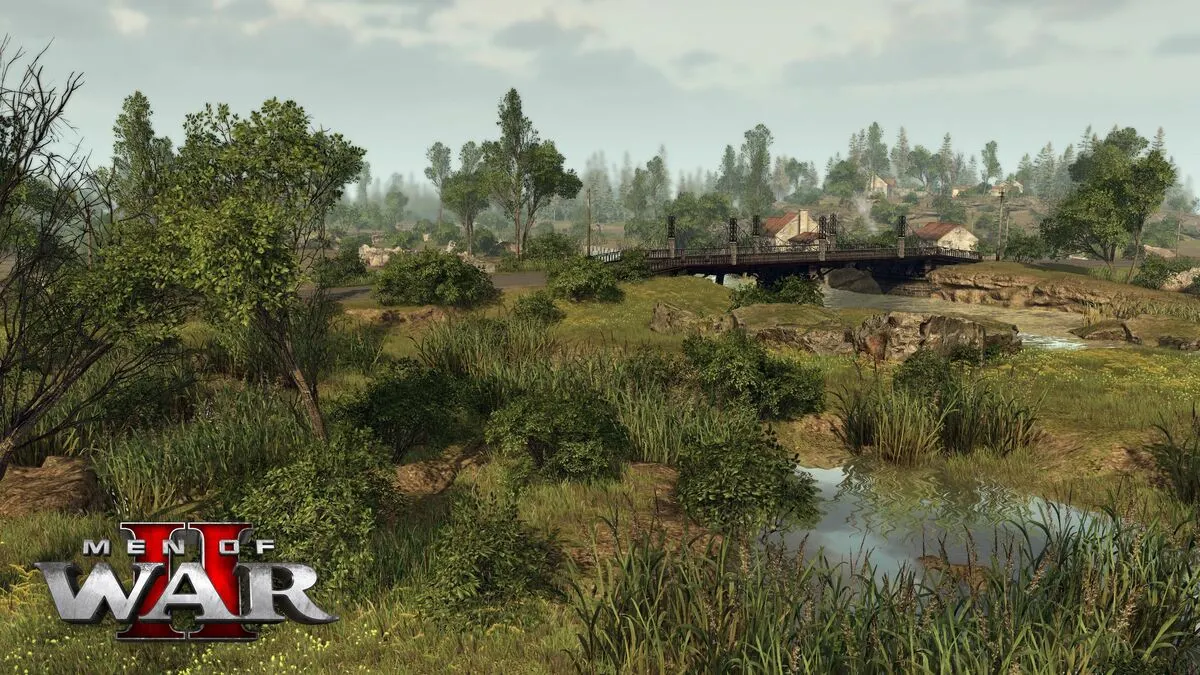Prior to putting a few hours into this Early Access version of Hegemony Rome: The Rise of Caesar, I’d no experience with Longbow’s Hegemony series. It seems like I’ve been missing out a bit because, while parts of Hegemony Rome are in familiar strategy territory, the game has a unique and interesting approach.
Since I’ve already mentioned the Early Access nature of this build, I should probably stress that it’s aptly living up to the spirit of that term. While the title is fully playable and seems broadly complete in terms of functional mechanics, this version of Hegemony Rome only has the opening pair of campaign chapters to play. It also has the full set of user interface quirks, semi-random crashes and graphical stutters that you might expect from a game at this stage of development.

There’s a perennial Early Access sash in the top left to help you remember the game isn’t done yet.
I hold none of that against it, but anyone curious about taking the plunge on this early build at $25.00 USD should probably read the store page to see precisely what is and isn’t finished yet.
The final game, for example, will have a full sandbox mode that’ll allow you to play as factions other than Rome. That’s not in there at the moment. But because campaign chapters don’t quite “end” properly yet, you can actually play to the conclusion of one and then carry on like a pseudo-sandbox.
Anyway, enough about the understandable rough edges. It’s Early Access. You get it.
Hegemony Rome plays somewhat differently to other strategy games, combining aspects of real time (with pause) troop skirmishes, grand strategic planning and even some traditional resource management. It’s perhaps tempting to make a comparison with Total War: Rome II, particularly as that game recently released its own Gallic-based expansion, but the two titles are rather different in execution.

At this distance, the map looks like a particularly attractive board game. Or how Total War campaign maps used to be presented.
For a start, everything in Hegemony Rome happens in real time and on a single, scalable map. Pull the camera as far back as possible and you’ll end up on Caesar’s planning table looking at a map of the whole of Gaul. Zooming in will take you through a general province view where units move around like stylised chess pieces, to a familiar RTS-looking overview with settlements, farms and legions in closer detail.
As another illustrative distinction between the two games, I was pleased to find that Hegemony Rome’s playable chapters prevented me from reinforcing Caesar’s legions with new recruits. I’d had to march them over the Alps from the border of Italy, and any losses taken in Gaul were permanent. This recognition that Caesar was operating with a limited number of elite troops during his campaign was somewhat in contrast to Rome II’s Caesar in Gaul DLC in which whole new legions could be recruited deep in Gallic or Germanic territory like it was no big deal.
Proper supply lines are also an important part of Hegemony Rome’s mechanics, preventing you from sending armies too far from a nearby base of operations. Captured farms and mines, once linked to a city with a supply line (a simple matter of a couple of clicks,) will provide that settlement with resources. If you’re heading off to besiege a city, it’s prudent to construct a camp somewhere close by and have supply lines feeding into it.
Though not a major part of the campaign levels in this Early Access version, it’s a viable tactic to cut off enemy supply lines by capturing key points in the chain or destroying bridges.

Raiders like to mess up your farmland. They’re basically giant, annoying rabbits with swords.
In practice, the large, interconnected nature of the map means you need to keep an eye on your borders and maintain a few garrisons to fend off raiders. Allowing untouched skirmishers to pick off a few distant farms could cause chaos to your lines of supply. Keeping the flow of food, gold and wood is vital.
The opening pair of campaign chapters in Hegemony Rome are quite tutorial based by design, and have a certain linearity that comes with that. A steady sequence of objectives are presented in order to teach players the mechanics (learning how to recruit workers and send them to farm buildings, or how to construct siege equipment and so on,) so there are only hints as to how expansive the final game might be. Even at this early stage, though, it’s clear that long-term strategic goals will be left to the player to accomplish as they wish.
Inevitably, showing up in Gaul with a sizeable force of Roman soldiers leads to violence. Those battles are a little tricky to judge at present as the AI isn’t complete and Longbow are up front about the fact that it can’t handle flanking at the moment. In theory, the finished title will encourage smart use of combined arms, flanking, opportune cavalry charges and other tactical trickery. There’s also a straightforward experience point system in place, which means your veteran units can steadily specialise in various techniques (improved melee, wider vision on the map and the like.)

Stomping all over their lands like you own it makes the locals quite upset, for some reason.
So far, I haven’t seen too many places on the map where there would be room for more than four or five units to maneuver properly (plenty of choke points though.) However, the first campaign chapter concludes with a battle against 18 enemy units on a relatively open plain, so it’s certainly possible to engineer clashes larger than a skirmish. Right now, the user interface doesn’t make it especially easy for you to get your forces into a sensible formation. But again, that’s work in progress. The UI in general needs a bit more work, as tooltips tend to dominate and overlap with other functions.
That’s the writer’s dilemma with covering Early Access games, of course. Figuring out which parts of the title will clearly be fixed before release, and which others may be indicative of longer-term problems with mechanics or design. Hegemony Rome’s issues seem to largely be concentrated in the former category, though without more of the game to go at it’s hard to be entirely sure. I’m looking forward to seeing how the title will progress, as it offers something unique, unusual and just a little bit different from other historical-based strategy games out there.
Hegemony Rome: The Rise of Caesar is currently in Early Access on Steam, with plans to release “when it’s done.”






Published: Feb 24, 2014 05:02 pm